Church of St. Michael at the Port
During the construction of the Citadel, it was necessary to settle the inhabitants of the Ribera district, in which the fortress was being built. For this purpose, a peninsula was chosen that separated the port from the sea. According to the development plan of the Barceloneta district, the square with the same name has become its center. A parish church was built here in 1753-1755.
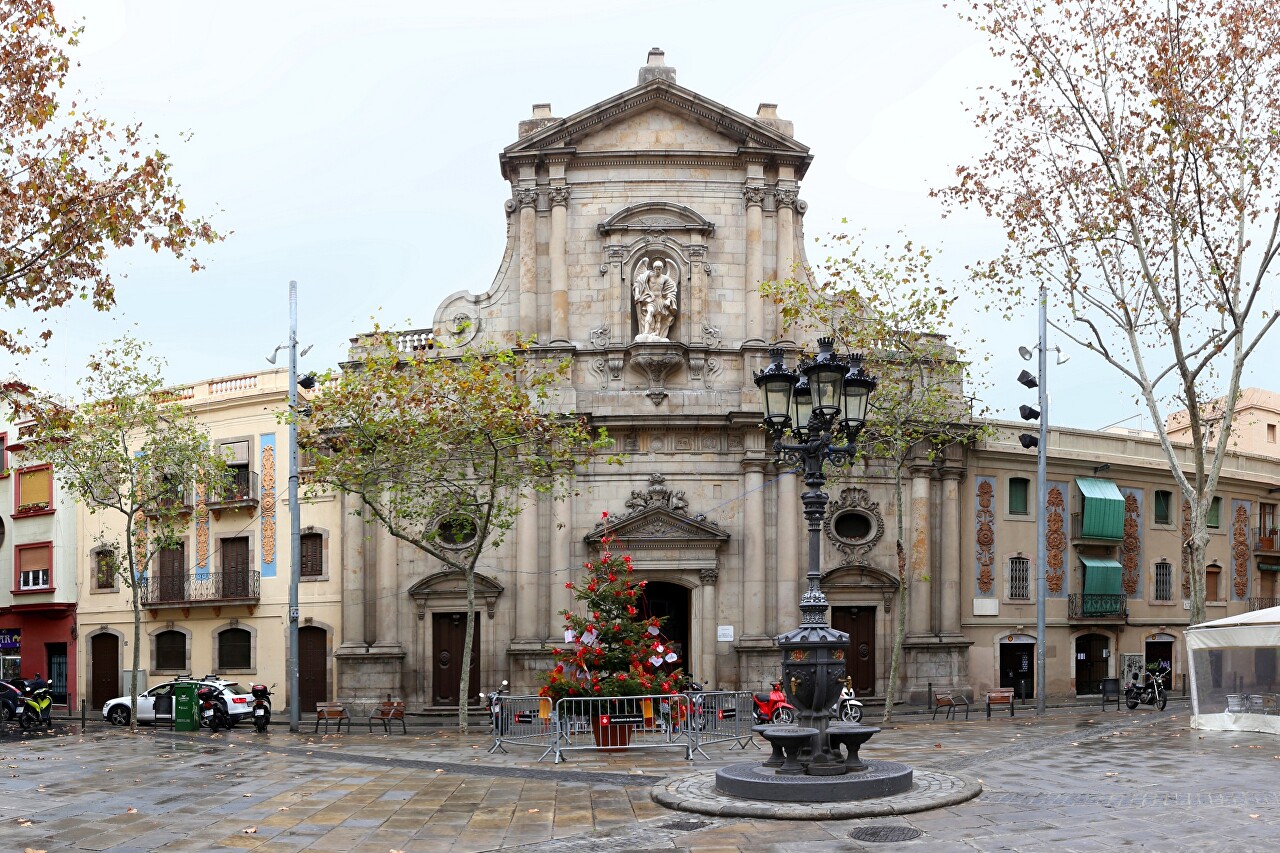
The initiator of the construction of the church was the Captain General of Catalonia, Marqués de la Mina, who allocated the territory occupied by the naval barracks for construction. The construction project manager, military engineer Juan Martin Cermeño, commissioned the construction of the church to his son and disciple, Pedro Martín Cermeño. The church received the name of the patron saint of sailors and became known as the church of St. Michael at the Port (Iglesia de San Miguel del Puerto).
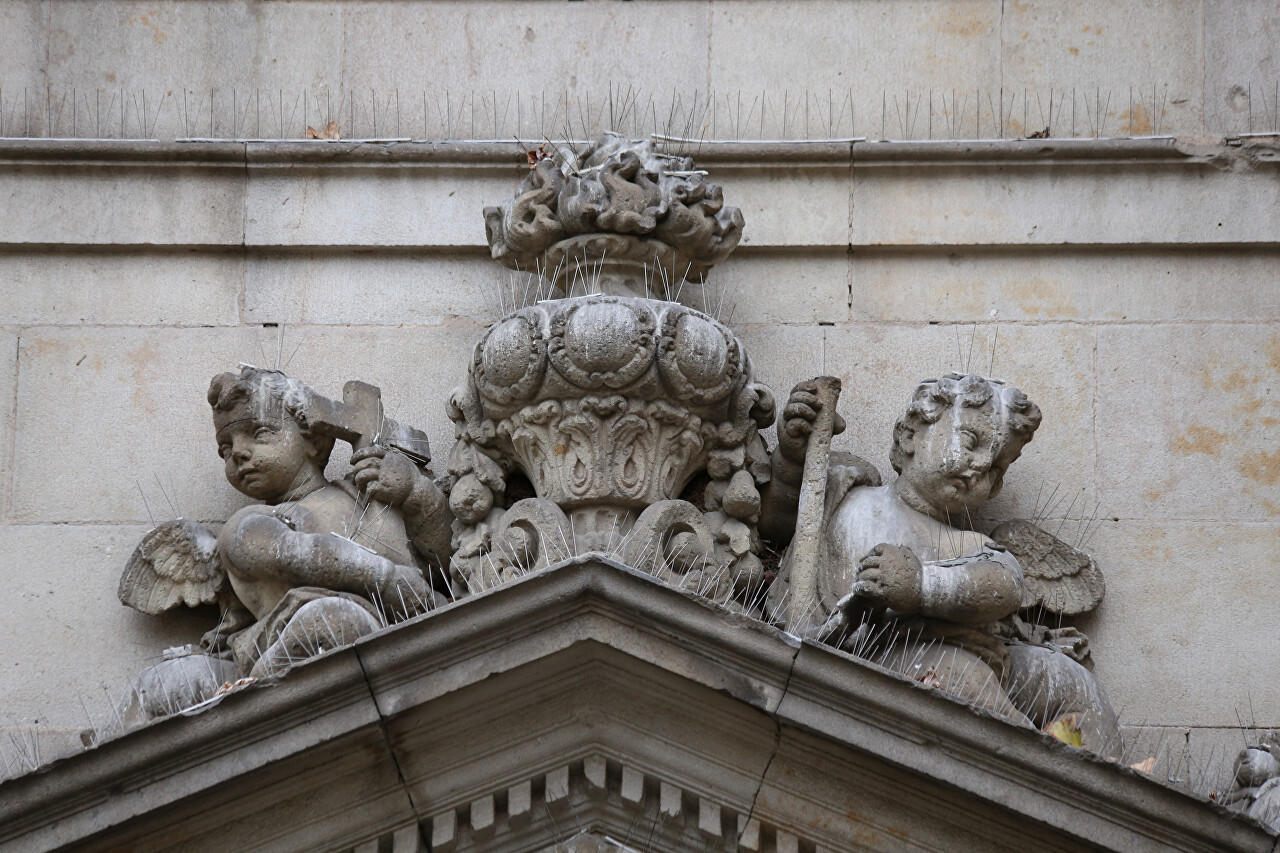
The church is built in the Baroque style and largely repeats the Italian school, these curlicues are borrowed from the Roman church of Il Gesu.
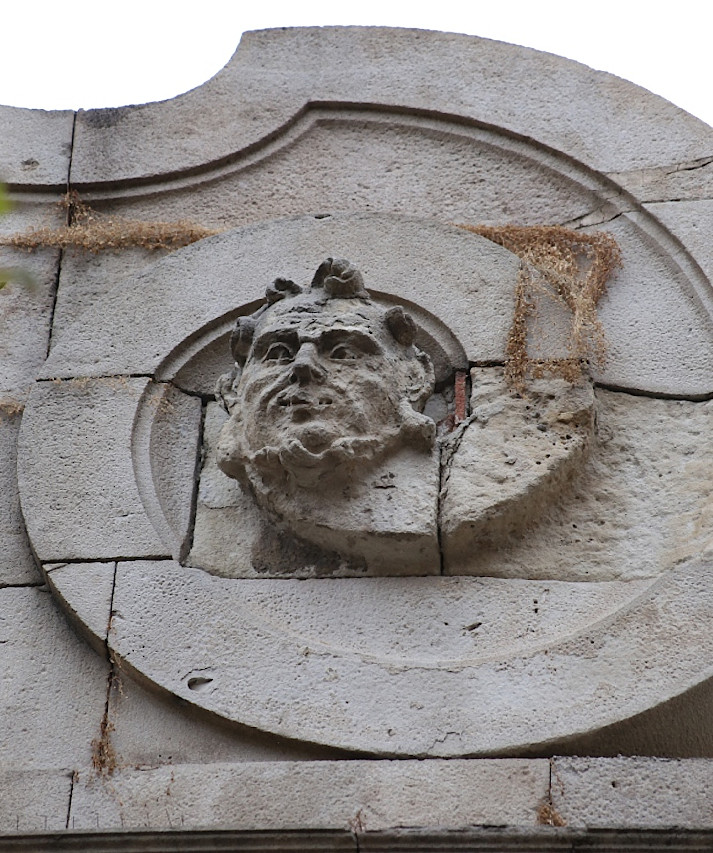
In the center of the pediment was a sculpture of Michael the Archangel by Pere Costa, and on the sides of San Telmo and Santa Maria de Cervello, destroyed during the 1936 Civil War. In 1992, the statue of St. Michael took its place again, a copy made by sculptor Emily Kohl.
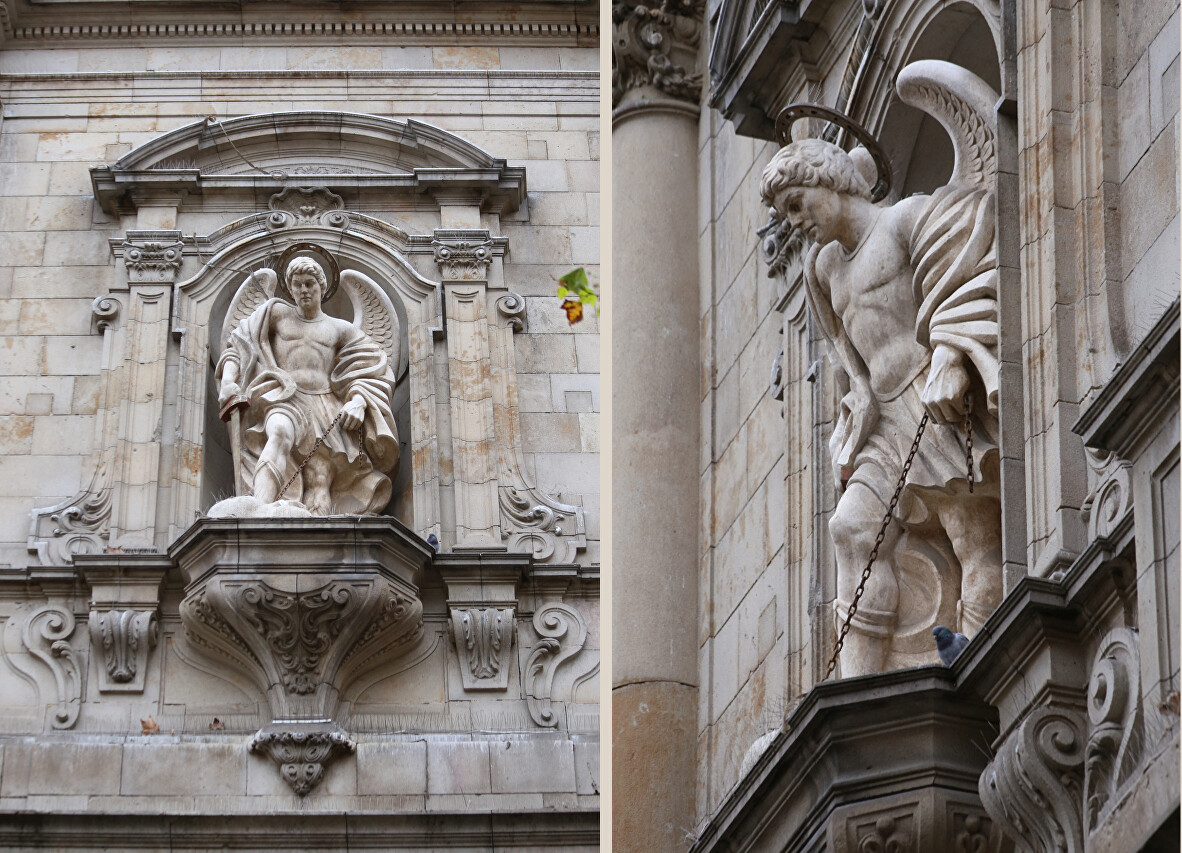
The building is square in plan, with a central dome on four columns. In 1863, the church was rebuilt by Elías Rogent, receiving side naves and a new dome.

The Baroque altarpiece, a work by Deodat Casanovas, was partially lost during the reform of 1863, and finally destroyed during the anarchy of 1936.
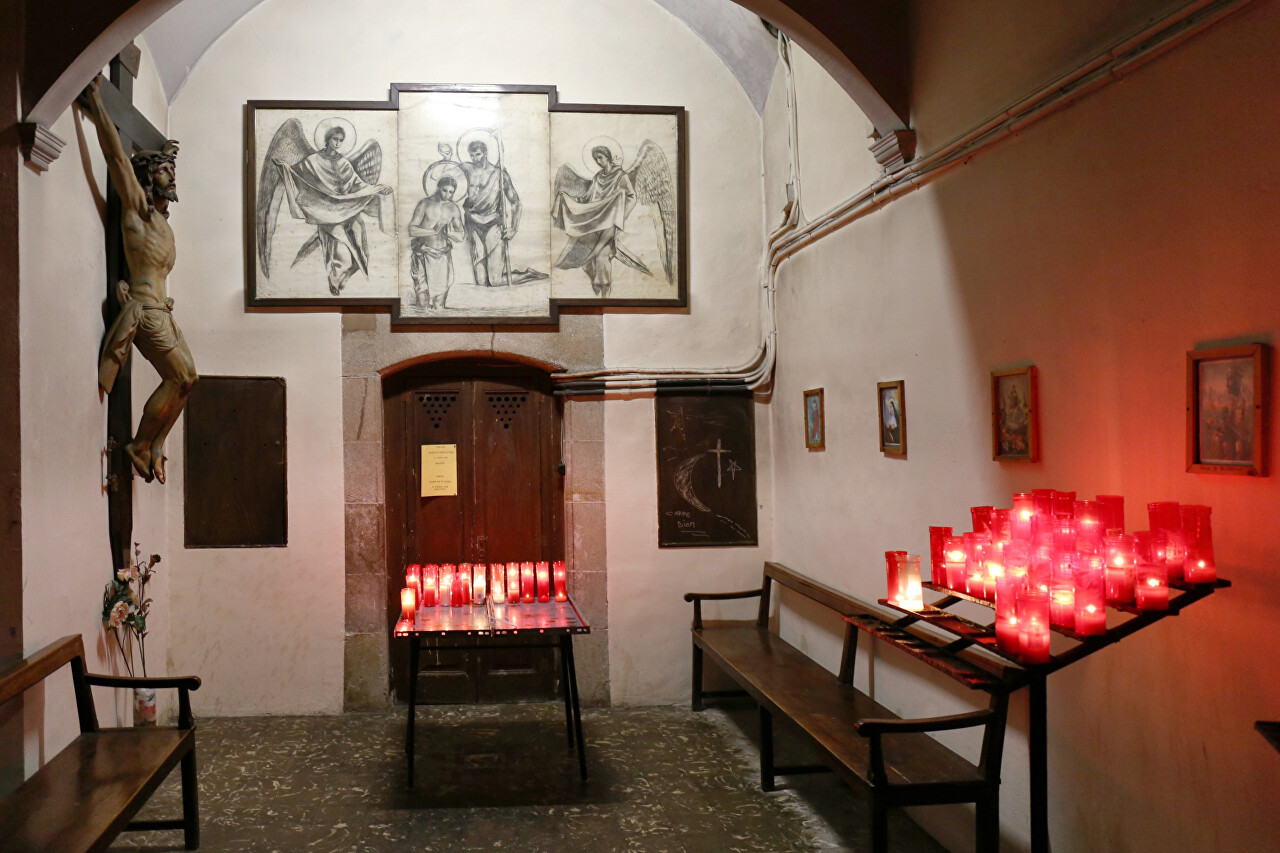
The same fate befell two side altars, one dedicated to Our Lady of Loreto, the other to Saint Antonio of Padua.
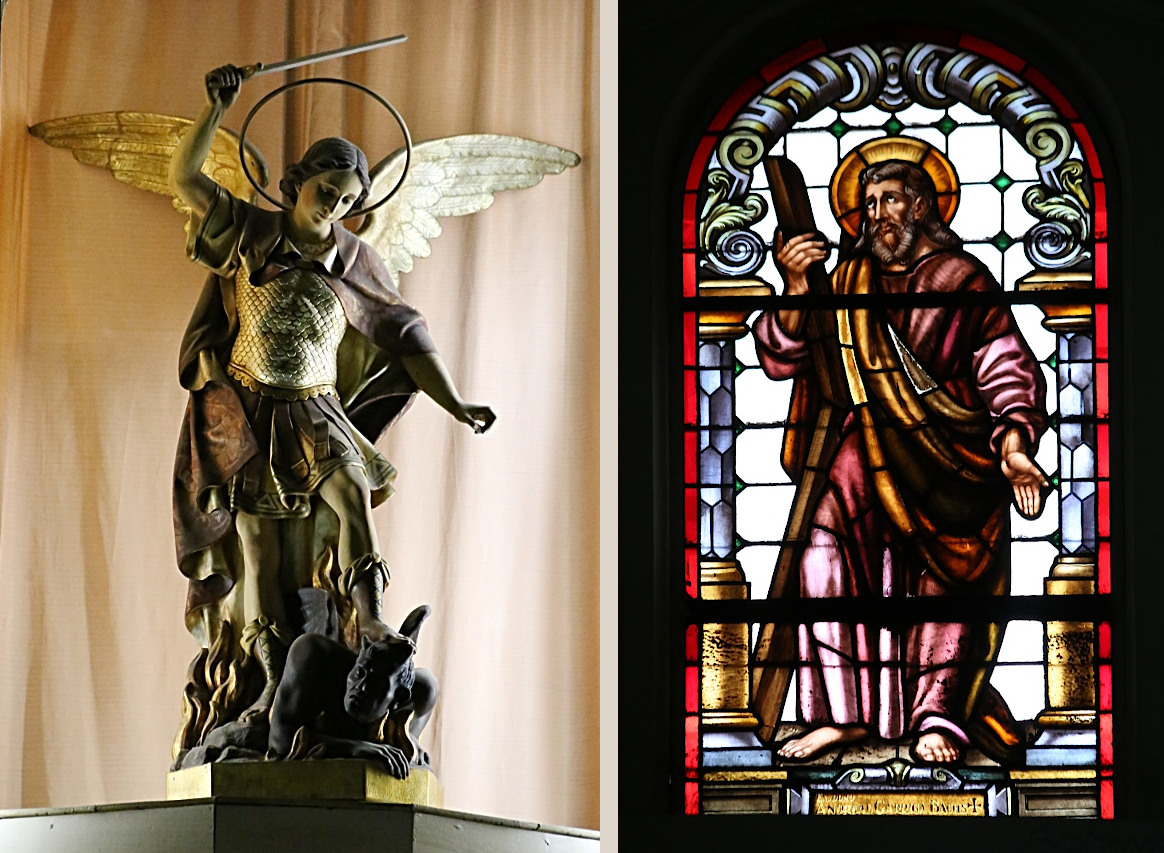
In the church was the tomb of the Marquis De la Mina by sculptor Joan Enrich, who also disappeared in 1936. In general, as it is sung in the "International": "We will destroy the whole world of violence to the ground, and then we will build our own, we will build a new world..." - with the first part of this plan, the fighters for national happiness turned out very well, but somehow it didn't work out with the second.